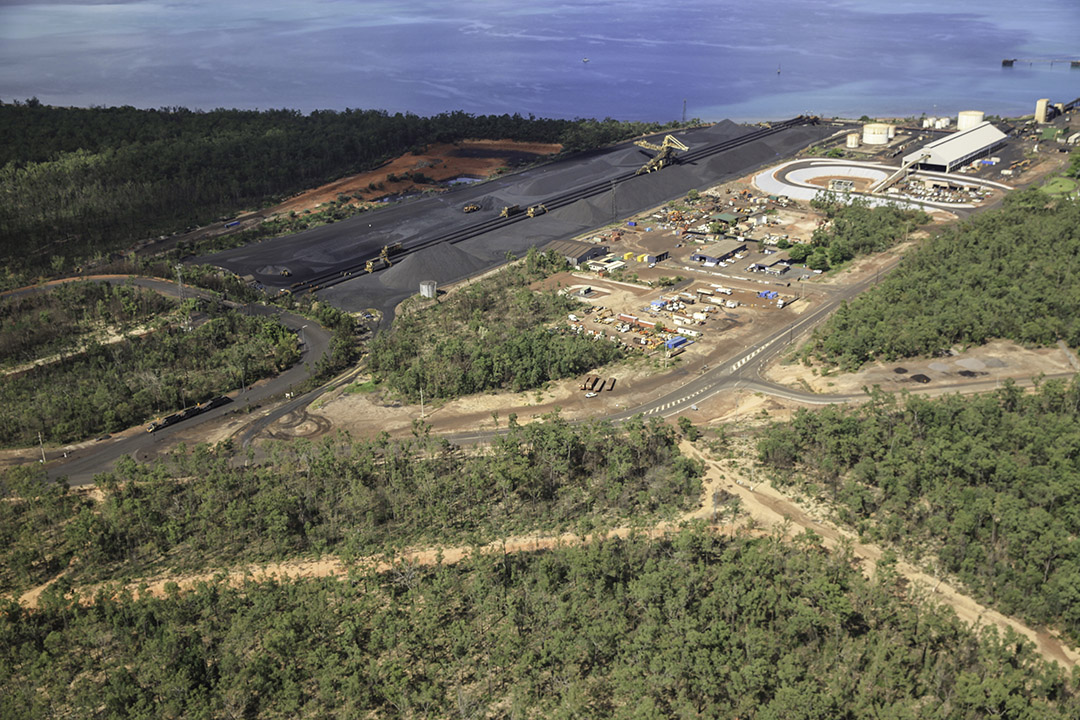

The back story is similar: with manganese usage dominated by China and supply emanating from largely unattractive or unreliable geographies, western world car and battery makers are desperate to get their paws on the processed high-grade material.
For eons, manganese has been used as a strengthening agent in steel. 90% of output is deployed in this way and given the strength of Chinese steel making – as reflected in record iron ore prices – this sector is attractive in itself.
However, investor focus is more on high purity manganese (HPM), which can be used as a cheaper substitute for cobalt in nickel-cobalt-manganese (NCM) battery cathodes.
At a time of heightened ethical investing awareness, most cobalt is sourced from the (less than) Democratic Republic of Congo and car and battery makers are keen to reduce their reliance on the material.
Manganese largely comes from South Africa, Ghana, Gabon, Brazil and Eastern Europe – so these are problematic locales as well. “A supply of manganese concentrate from a reliable jurisdiction like Australia is very much sought after by the market,” says Justin Brown, CEO of manganese rising star E25 (E25). (If you’re wondering about the name, manganese is the 25th element on the periodic table and the fourth most widely used metal).
In recent weeks, the battery maker Tesla and VW, the world’s biggest car maker has committed to cathodes with higher manganese content, no cobalt and reduced nickel for mid-performance vehicles.
German chemical giant BASF has unveiled plans to bolster investment in battery cathode materials, including … you guessed it … manganese rich stuff.
“That’s obviously music to my ears,” says Brown.
According to industry guesstimates, current HPM demand is running at 150,000 tonnes per annum, but is projected to rise to at least one million tonnes by 2040.
But these numbers are based on the current chemistry of an EV battery, not the higher manganese content, which could be four to five times the current levels.
“The growth curve is not just the function of electric vehicle uptake, it’s compounded by the fact the next generation of battery is going to be high manganese content so you get this growth on growth,” Brown says.
Reflecting the investor interest, explorer Black Canyon (BCA) shares listed on May 5 at a 50 per cent premium to their 20 cent issue price (to raise $5 million).
Black Canyon has an option to acquire a majority stake in the Carawine Project, an 800 square kilometre landholding in East Pilbara manganese country.
Neighbours include the operating Woodie Woodie mine, run by the Chinese-owned Consolidated Minerals.
Black Canyon has also agreed to acquire Zephyr Exploration, which has dibs on 2,200 sq km in the Lofty Ranges, close to E25’s newly commissioned Butcherbird project.
In mid March, Firebird Metals (FRB) debuted strongly, having been spun out of Firefly Resources. Firebird’s gaze is on its Oakover project, which consists of 360 square kilometres of manganese rich turf near Newman in the East Pilbara.
But E25 can lay claim to being Australia’s new force in manganese with its self-discovered and fully owned Butcherbird.
The country’s biggest manganese resource, the project has a total resource of 263 million tonnes and a proven and probable component on 50.6mt.
E2 currently is in ramp-up of its $20 million phase one, aimed at output of approximately 340,000 tonnes of concentrate a year over a 40-year mine life. The company has locked in a five-year, take-or-pay contract with Malaysian smelter OM Materials, a subsidiary of the ASX-listed OM Holdings (OMH).
The prefeasibility study (PFS) cites a net present value (NPV) of $583 million (pre tax), with an internal rate of return of 387%.
By spending a further $20 million, the company plans to increase this output to1.02 million tonnes with the NPV rising to $1.13 billion.
The company last month completed a $35.5 million placement to fund this second stage which, as with the first stanza is pitched at the steel market.
From PFS to commissioning, phase one took a mere 10 months. Similarly, investors won’t have to wait too long with phase two commissioning due in February next year.
Demand from the steelmakers remains strong, but E25’s ultimate ambitions lie with tweaking the plant to produce HPM for the battery market.
The relative pricing of the basic and high-purity manganese material shows why the latter is so attractive: while the steelmaking material, manganese sulphate changes hands for $US140-150 a tonne ($180-195/t), HPM sells for around $US1300/t.
Crucially, E25 claims the benefit of a simple processing method that requires simple leaching at room temperature, without the need for heating or nasty chemicals.
E25 claims a number of other cost and logistics advantages with Butcherbird. For a start, it’s on the highway to the nearest port of Utah Point at Port Hedland.
The deposit is shallow and above the water table, with minimal pre-stripping and no need for explosives.
Other Australian miners have a deep footprint in the exclusive manganese scene, although the sector's heyday was about a decade ago.
One to ‘czech’ out is the ASX and TSX (Canadian) listed Euro Manganese (EMN), which has just completed a $30 million two-tranche raising to fund its Chvaletice project in the Czech Republic.
The ‘mine’ itself is based on a low-cost tailings recovery operation. But the funds will also support the construction of a demonstration HPM plant, which has an eye to supplying Western Europe’s burgeoning EV and battery market.
With mines in Australia and South Africa, BHP spin off South32 (S32) is the world’s biggest producer of manganese ore. In league with Anglo American, South32 operates the open pit Grooyte Eylandt mine in the NT.
The aforementioned OM Holdings is eyeing a re-start of its Bootu Creek mine, a few clicks north of Tennant Creek in the NT.
Along with Woodie Woodie, these projects are close to the end of their mine lives.
Jupiter Mines (JMS) has long been producing manganese at its Tshipi mine in South Africa and is eyeing a $100 million expansion.
Meanwhile, keep an eye on Wesfarmers (WES) which has turned its gaze to the renovation market with the left-field purchase of Beaumont Tiles.
But the conglomerate has an ongoing interest in battery materials, having tried to buy rare earths miner Lynas Corp and then acquired lithium producer Kidman Resources.
Wesfarmers is building a lithium processing plant at Perth’s Kwinana, which might come in handy for any broader battery ambitions.
Tim.boreham@independentresearch.com.au
Disclaimer: The companies covered in this article (unless disclosed) are not current clients of Independent Investment Research (IIR). Under no circumstances have there been any inducements or like made by the company mentioned to either IIR or the author. The views here are independent and have no nexus to IIR’s core research offering. The views here are not recommendations and should not be considered as general advice in terms of stock recommendations in the ordinary sense.